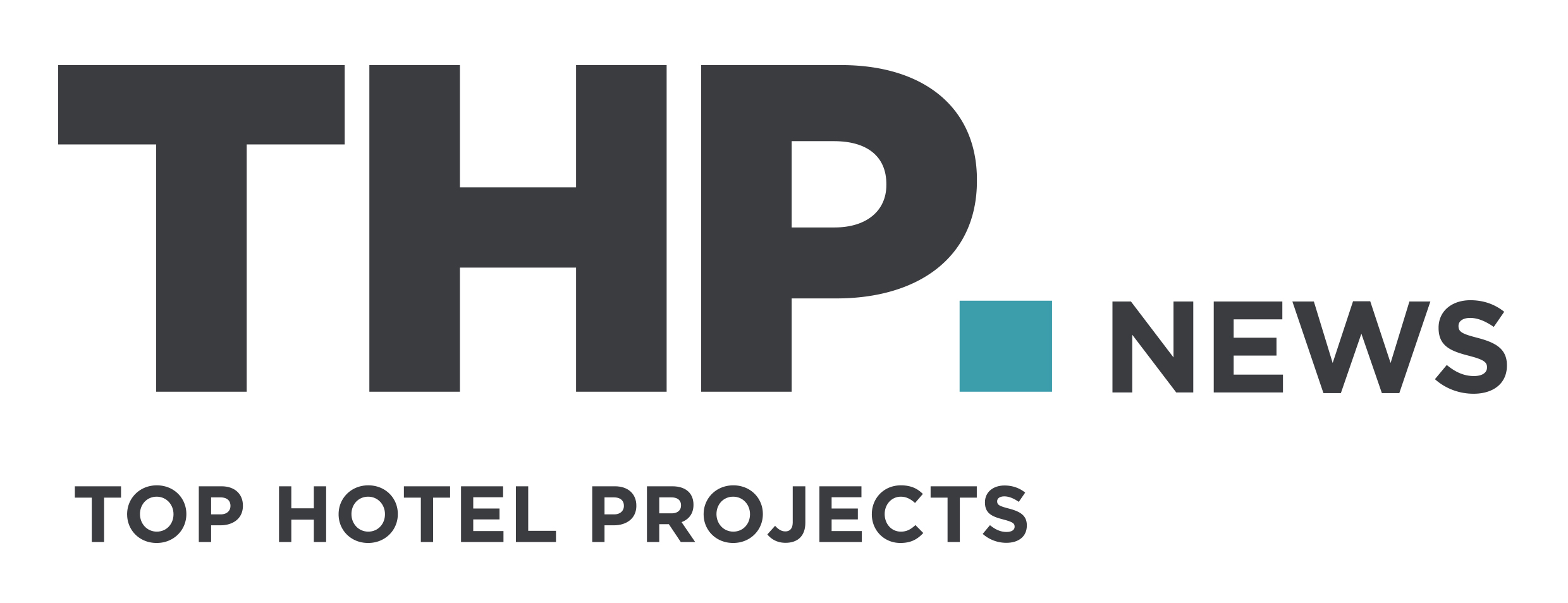Global signs of recovery: Roundup of key hotel markets worldwide

Optimism is rising among hotels in Australasia, China and the US, amid signs that the travel sector is ready to bounce back quickly following the Covid19 crisis.
Around the world, major travel markets are slowly coming back to life following the easing of lockdowns. Hotels, destinations and countries are now working on ways to attract guests and tap into the pent-up travel demand.
We find out how this is all playing out in Australasia, China and the US.
IHG targets domestic travellers in Australasia
Both Australia and New Zealand appeared to handle their Covid19 outbreaks relatively well, which has given the hotel market in this part of the world more time to rebuild than elsewhere. However, with international travel restrictions still in place in many countries and many consumers preferring to stay close to home, properties are turning to locals to help them fill rooms over the coming months.
IHG is leading the way in this regard with its ‘There’s more to see’ campaign, which is designed to highlight beautiful drive-to destinations in both Australia and New Zealand.
“Aussies and Kiwis have a great propensity to travel, and while the road to recovery is going to be steep, it makes me incredibly hopeful to see restrictions easing and eagerness from travellers to start exploring again,” Leanne Harwood, IHG’s managing director for Australasia and Japan, told William Media recently. “This time has given many of us a new appreciation for the beauty of our own backyard and we can’t wait to start welcoming back guests at our hotels and resorts, safely, flexibly and with our true hospitality.”
The campaign is valid for bookings made from 2 June to 31 July 2020 and stay dates spanning 3 June to 30 December 2020. Special packages offered as part of this campaign include a 3-for-2 deal for direct bookers and a breakfast and parking bonus for both direct and online travel agency reservations.
Marriott’s back in business in China
Now that China has reportedly got its Covid19 hotspots under control, hotel giant Marriott International has been able to reopen all of its 350+ properties across the country. While domestic travel has been picking up and saw spikes during recent public holidays, the return of business travel has also helped drive occupancy rates up to 40% or more, the company’s CEO Arne Sorenson told a recent Goldman Sachs conference.
Though this may seem like cause for optimism, Sorenson remains cautious, warning that occupancy rates may not fully recover to pre-coronavirus levels for several years. Perhaps this explains why the group has extended furloughs and reduced working weeks for some of its staff until early October.
Hotel occupancy steadily increasing in the US
While countless hotels around the world shut down temporarily due to Covid19, many properties in the US remained open. Today, hotels in popular weekend destinations are being buoyed by travellers increasingly venturing out from cities and towns where lockdowns have been eased.
While overall US hotel occupancy rates have declined considerably year-on-year, they have actually been rising from an admittedly low base for seven weeks running up to and including the week commencing 17 May 2020, according to hospitality data provider STR. With occupancy rates down 36.6% and revenue per available room (RevPAR) 62.1% lower than the comparable week in 2019, this development at least provides some grounds for optimism.
“A seventh consecutive week of higher demand and occupancy was highlighted by three submarkets actually showing positive year-over-year occupancy comparisons for the weekend,” said Jan Freitag, STR’s senior vice president of lodging insights.
“Two of those areas, Titusville/Cocoa Beach and Melbourne/Palm Bay, likely received a boosted [sic] from the SpaceX launch activities on Saturday. The third submarket, Corpus Christi, further supports previous analysis that there is demand ready to return, but for now, it is more visible from leisure sources and in destinations that are set up well for drive-to business.”

